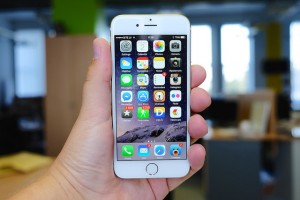The past few years have been an exciting time for businesses and marketers with opportunities abound due to the explosive growth of mobile applications.
Mobile apps have created the incredible opportunity for marketing channels, but on the other hand, over the past few years brands have had to accept that consumers have found themselves in the drivers seat. They pick the subject matter they want to view and now have the opportunity to view it anytime or anyplace they want. Brands must understand this and create mobile offerings with this in mind.
It is worth the effort – mobile is now more popular than TV for consuming content. In the US, we now average over 3 hours per day on our mobile devices.
How does your brand make sure it captures the interest of your potential users?
Think Like A Customer
Approach your mobile application development from the perspective of a consumer. All too often brands create a list of what they want to accomplish with a mobile app and never once stop to consider how their customers interact with their brand and what customers would want from their mobile app.
Look At The Data
Data collection has never been easier to do. With data you can not only understand your customers better, but also be able to communicate with them on their mobile device in a way that interests them. Modern customers have come to expect brands to understand their preferences and deliver information that it pertinent.
Personalization
Delivering personalized and relevant content to your users is the best way to increase and retain users. Brands that personalize content have seen not only an increase in user retention but also an increase in the duration of in-app session. Data can be used to improve user experiences.
Location
Mobile marketing is about more than engaging with the customer, it’s also about doing it at the right time and in the right context. Location data is part of what makes mobile marketing so powerful. Retail outlets are a easy example to look at to see how to leverage the power of location data. Businesses that can deliver relevant continent about sales or new items when a customer is within 2-5 miles of a retail outlet has seen very impressive results.
Value To The Customer
If your application is not offering value for your customers, it will not get used. If your mobile applications are simply sales and marketing tools that don’t offer value to your customers, you are basically telling customers that you want their money, but are not willing to build a relationship of trust.
Photo: http://bit.ly/1F3B5ku





